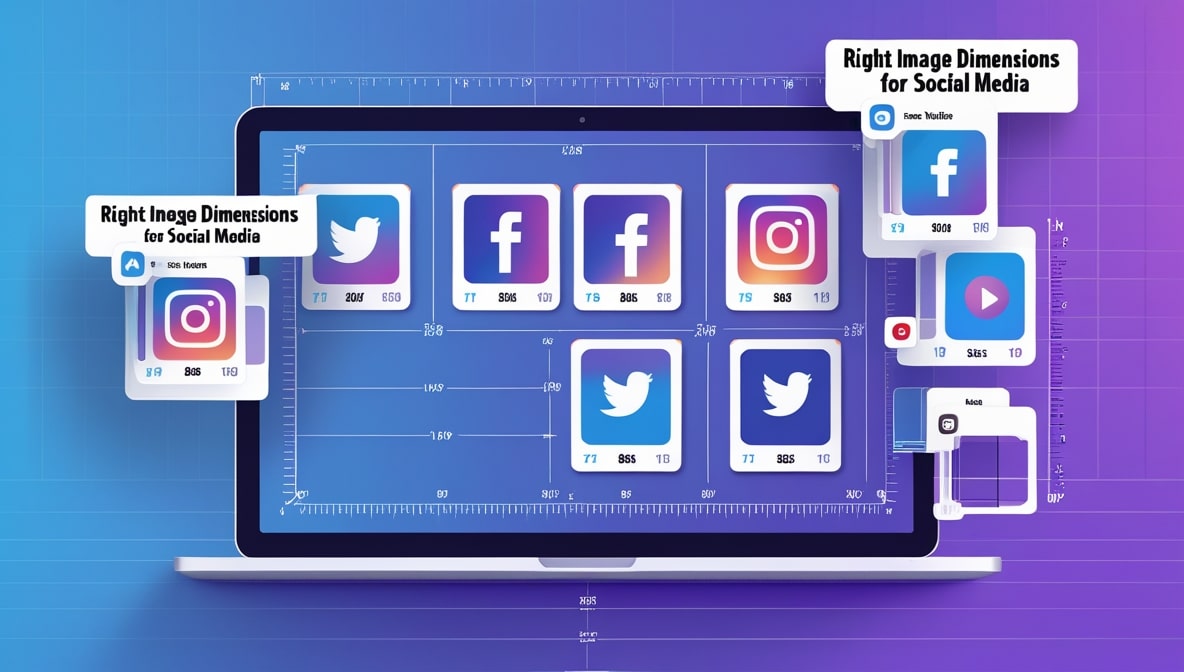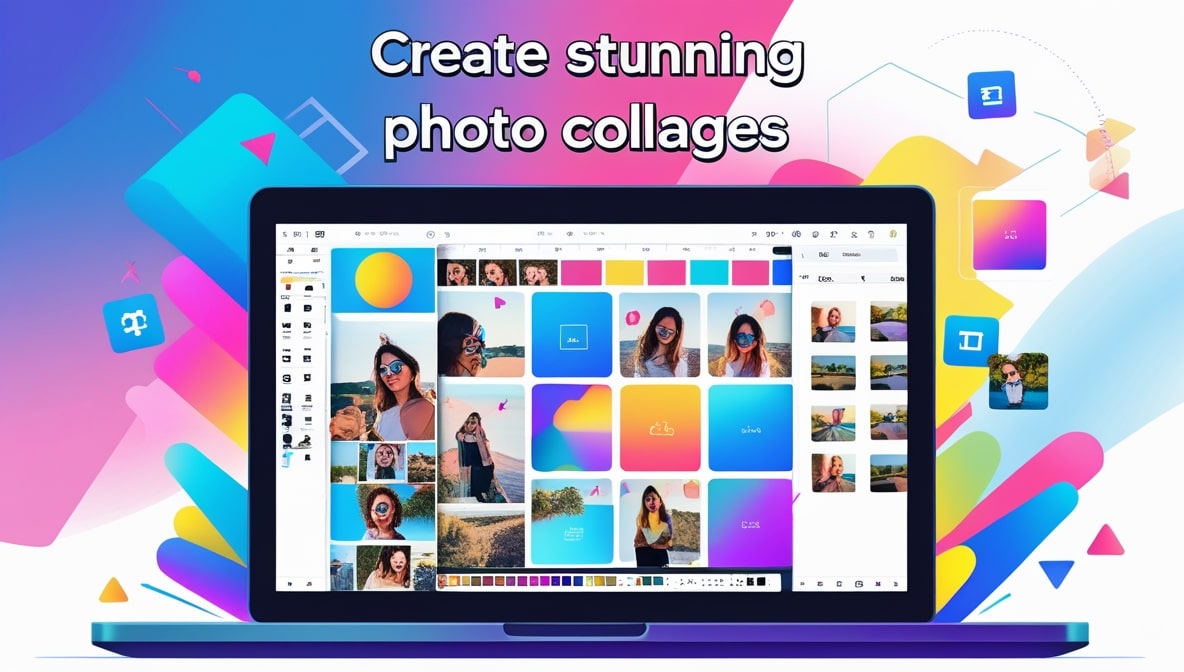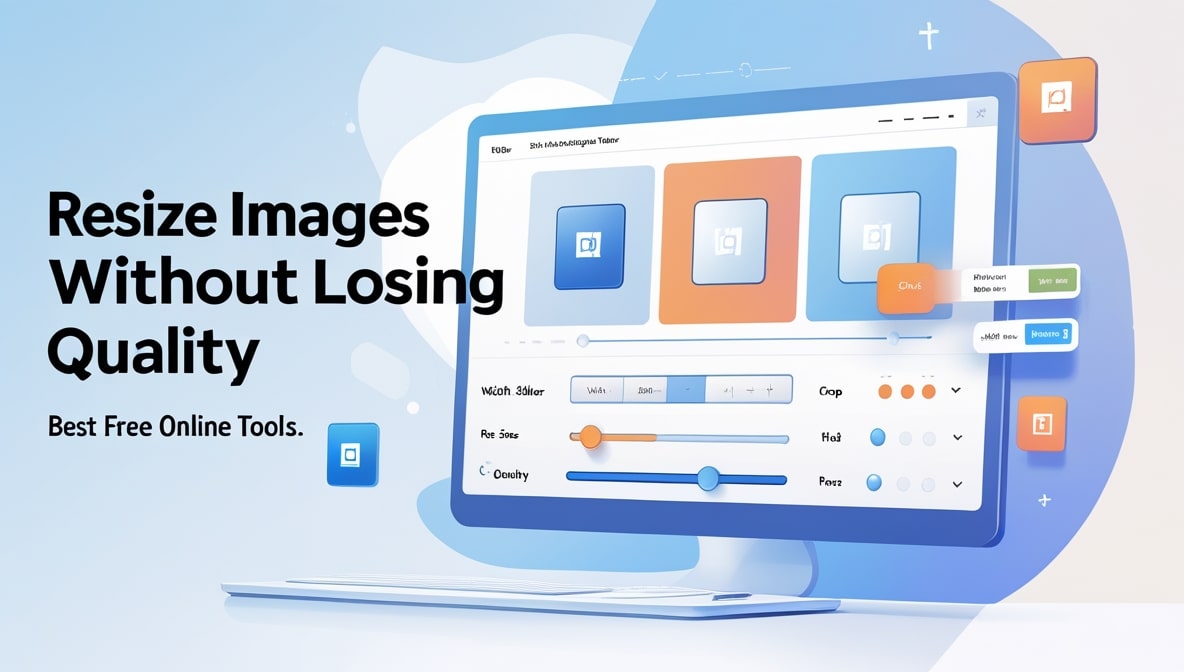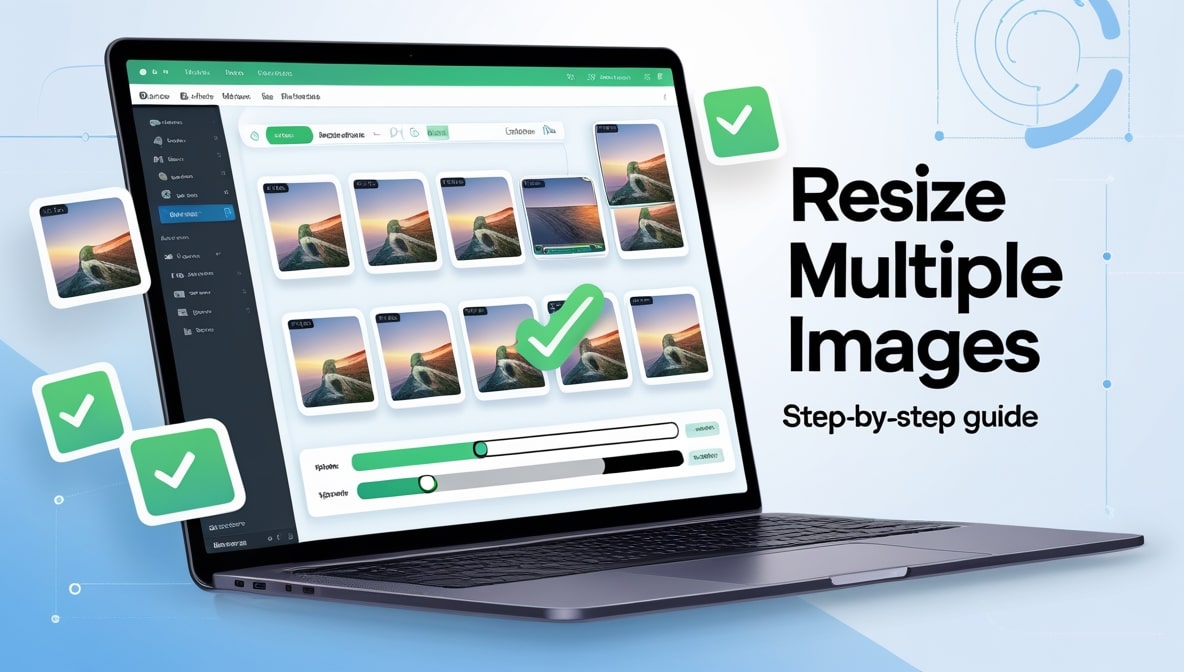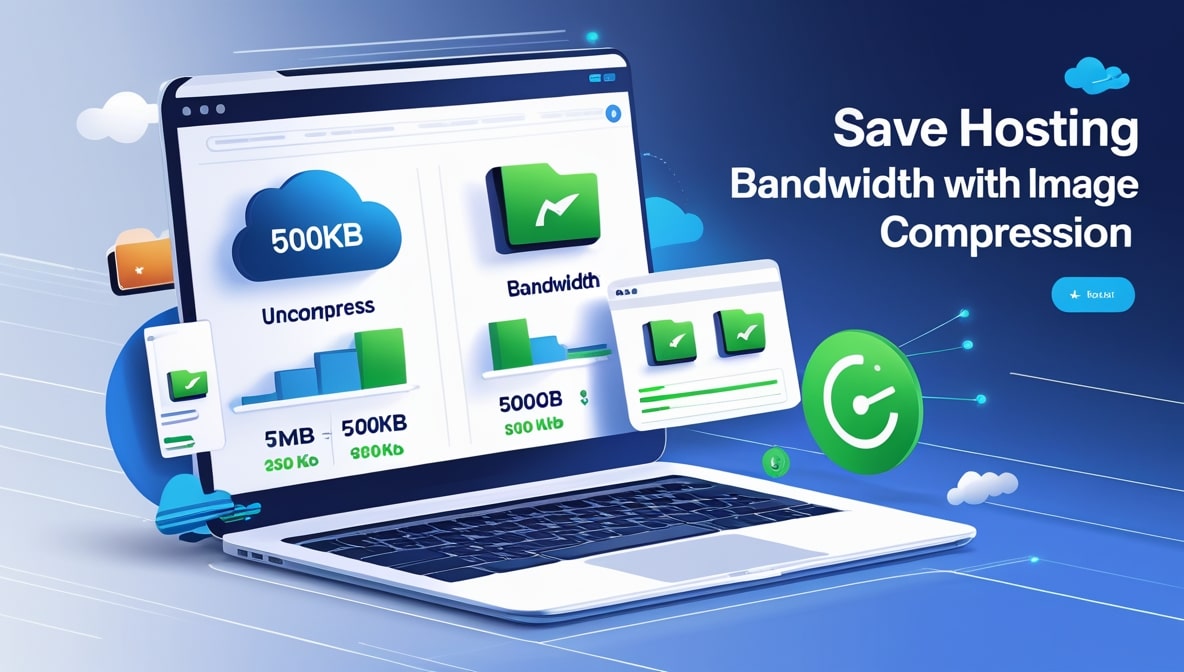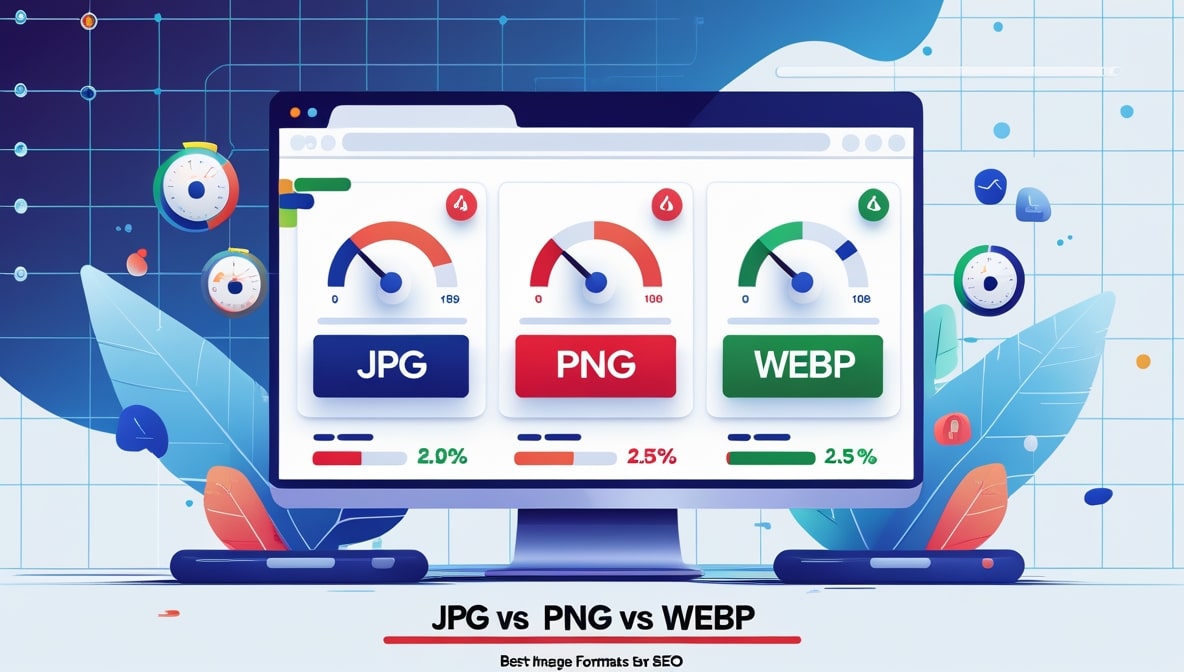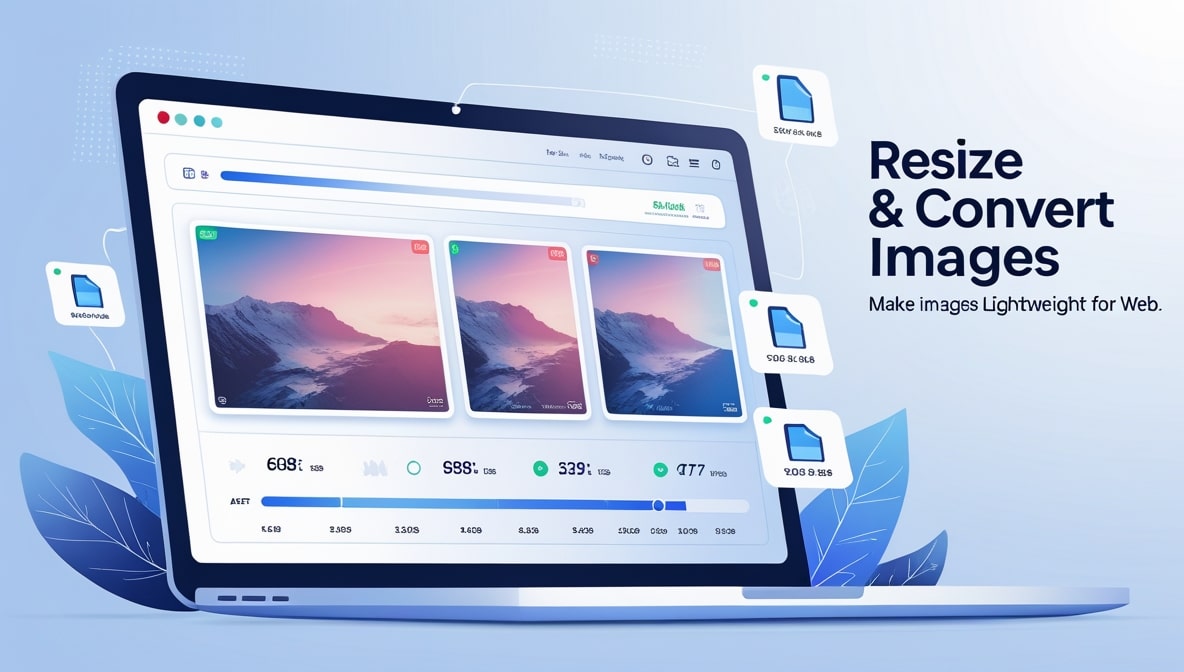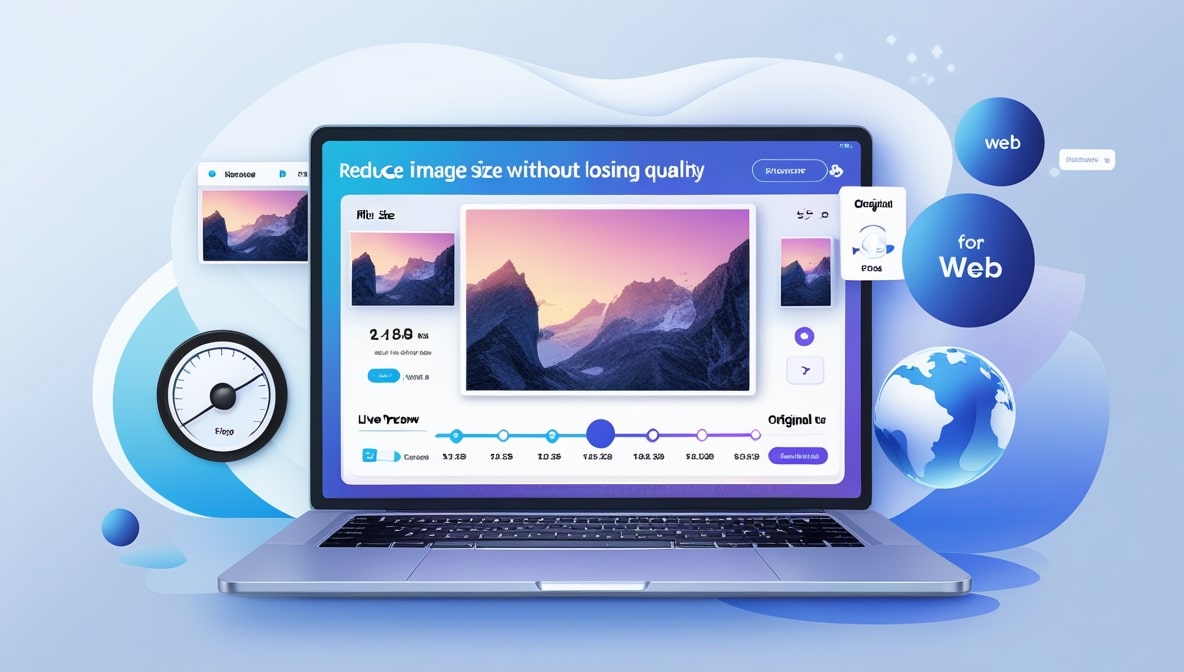How Image Optimization Improves Page Speed and Google Rankings
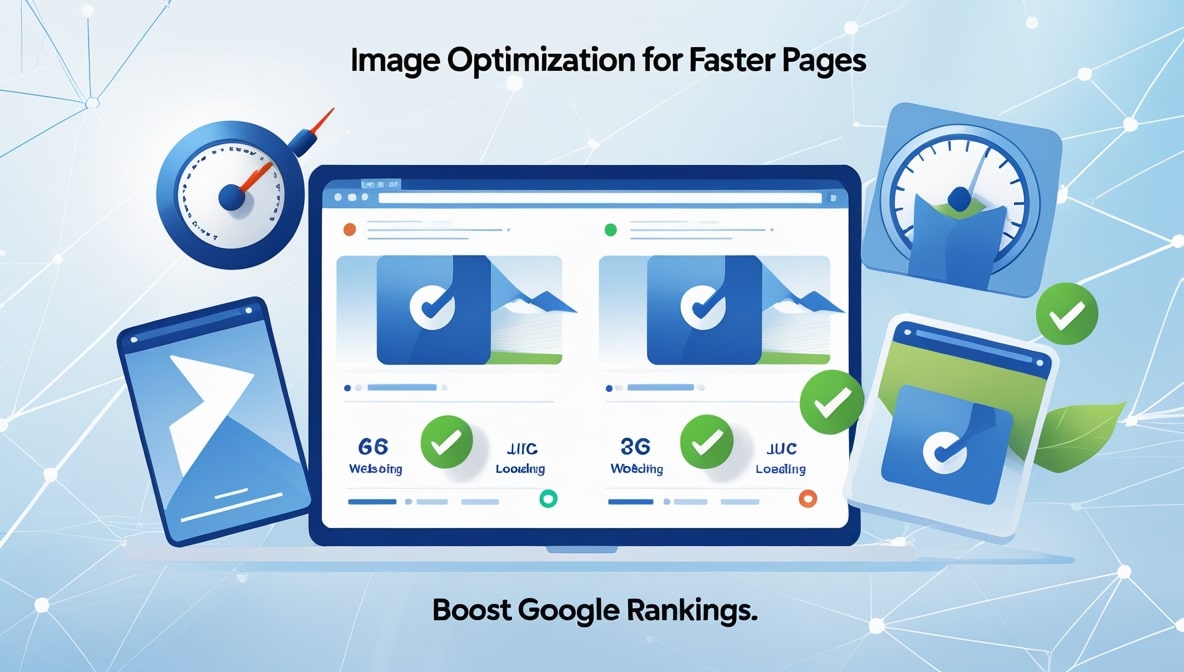
How Image Optimization Improves Page Speed and Google Rankings
It’s Friday afternoon here in Colombo, the air is thick and warm, and you’ve just put the finishing touches on your brand new website. It’s your masterpiece. You’ve got a stunning design, persuasive copy, and a gallery of big, beautiful, high-resolution photos that perfectly showcase your products or services. You send the link to a few friends, sit back, and wait for the praise to roll in.
Then, the first message arrives: "Wow, it looks amazing! But… it took a really long time to load on my phone."
Your heart sinks. It’s a comment that every website owner dreads, because in the fast-paced world of the internet, "a really long time" can mean just three or four seconds. In that brief window, you’ve likely lost a potential customer. What’s the point of having a beautiful website if nobody has the patience to wait for it to appear?
This is the multi-million dollar question of the modern web. And more often than not, the answer, the culprit, the silent killer of your website’s performance, is your images. But don't worry. Fixing this is easier than you think, and it’s the secret weapon to not only making your users happier but also climbing to the top of Google’s search rankings.
Page Speed Isn't Just a Number; It's a Promise
Before we talk about images, let’s talk about Google for a second. What does Google actually want? It’s simple. Google is obsessed with making its users happy. Its entire empire is built on the promise that when you search for something, it will give you the best, fastest, and most helpful answers. As long as it keeps that promise, we all keep coming back.
A slow-loading website breaks that promise. Think about it from a user’s perspective. You click a link, and you’re met with a blank white screen as you wait for the content to load. How long do you wait before you get frustrated and hit the back button? Three seconds? Five? Every second of delay is a test of your user’s patience. A slow website creates a bad user experience, and Google hates a bad user experience. That’s why, for years, Google has made page speed a direct and powerful ranking factor. All other things being equal, the faster site will almost always win.
The Heaviest Bricks in Your Digital Backpack
So what’s making your website so slow? A webpage is made up of a bunch of different files that a user's browser has to download: HTML code, CSS for styling, JavaScript for interactivity, and, of course, images. While the code is important, in most cases, the images are by far the "heaviest" part of the page.
Imagine your website is a backpack you’re packing for a trip. The text and code are like your clothes they take up some space, but they’re relatively light. Each large, unoptimized image, however, is like a heavy brick. If you just toss a dozen of these bricks into your backpack, it’s going to be incredibly heavy and difficult to carry (or for a browser, to load). Image optimization is the art of swapping those heavy bricks for lightweight, aerodynamic versions that look identical but weigh a fraction of the original.
The Two-Part Problem: Dimensions and File Size
To properly optimize an image, you have to understand that "size" really means two different things. The first is the dimensions of the image its width and height in pixels. The second is the file size how much data it contains, measured in kilobytes (KB) or megabytes (MB). You have to tackle both of these to win the speed game.
Let’s start with dimensions. A photo straight out of your new smartphone or a professional camera can be enormous, maybe 5000 pixels wide. But the content area of your blog might only be 900 pixels wide. Many people make the critical mistake of uploading that giant 5000-pixel photo directly to their website, assuming their site will just shrink it to fit. And visually, it does. But here’s the killer: the user’s browser still has to download the entire massive 5000-pixel file first, only to then use your website’s code to display it at a smaller size. This is a colossal waste of bandwidth and the number one cause of slow-loading images.
The First, Easiest Win: Just Resize Image Files
The first rule of image optimization is breathtakingly simple: Resize Image files to the maximum dimensions they will ever be displayed at before you upload them. If your blog post images will never be shown wider than 900 pixels, there is absolutely no reason to upload an image that is 901 pixels wide, let alone 5000.
By taking that 5000-pixel image and resizing it down to 900 pixels wide in an editor first, you might shrink its file size by 90% or more before you even get to the next step. This single action is the biggest and easiest win you can get for your page speed. It’s like taking ten bricks out of your backpack and replacing them with one.
The Second Win: The Magic of Smart Compression
Okay, so you’ve resized your image to the perfect dimensions. The file size is already much smaller. But we can do even better. This is where we tackle the file size itself through a process called compression. Compression is a clever technique where an algorithm analyzes your image and intelligently removes redundant or unnecessary data to make the file size even smaller, often without any noticeable drop in visual quality.
Think of it like an expert packing assistant. They look at your neatly folded shirt and find a way to roll it even tighter to save space in your suitcase, without wrinkling it. For photos on the web (which are usually JPG files), this is done through a "lossy" compression method. This sounds scary, but it just means the algorithm is removing tiny bits of colour information that the human eye is very unlikely to ever notice. The result can be a further 50-70% reduction in file size with virtually no visible change in quality.
How a Fast Website Climbs the Google Ranks
Now let’s connect this all back to Google. When you optimize your images, your website gets faster. When your website gets faster, two wonderful things happen. First, your users are happier. They are far less likely to get frustrated and hit the back button. This reduces your "bounce rate" and increases the "dwell time," which is how long visitors stay on your site.
These user engagement signals are pure gold to Google. When Google sees that users are clicking on your link, staying for a long time, and not immediately bouncing back to the search results, it takes this as a powerful sign that your page is a high-quality, helpful result. It thinks, "Wow, people really like this page! I should show it to more people." And as a result, your ranking begins to climb. The speed itself is a ranking factor, but the positive user behaviour it creates is an even more powerful one.
The Snowball Effect on Your Business
The benefits don't stop at rankings. A faster website doesn't just get more traffic; it gets more customers. Study after study has shown that even a one-second delay in page load time can cause a significant drop in conversion rates. For an e-commerce store, that means fewer sales. For a service business, it means fewer leads. For a blogger, it means fewer newsletter sign-ups.
By optimizing your images, you are directly improving your business’s bottom line. You are creating a smoother, more pleasant experience for your customers, which makes them more likely to trust you and, ultimately, to buy from you.
The Practical Challenge: What About My 200 Product Photos?
At this point, you understand the "why" and the "what." You know you need to resize and compress your images. But then reality sets in. What if you’re a photographer who needs to upload a gallery of 100 wedding photos? Or an online store owner with 200 new product shots? The idea of opening each image, one by one, resizing it, compressing it, and saving it is a complete nightmare. It’s simply not practical.
This is where you need to work smarter, not harder. This is where you need the power of batch processing.
Your Secret Weapon: Batch Image Optimization
The professional, efficient way to handle this is to use a tool that can do it all at once. This is the exact reason we built the tool here at multipleimageresizer.com. We wanted to take this essential but tedious process and make it fast, simple, and accessible to everyone.
Instead of opening 200 files one by one, you can simply drag and drop the entire folder into our tool. Then, you set your desired dimensions and compression level once. You can tell it, "Take all of these images, make them 1080 pixels wide, and compress them for the best web quality." You click one button, and our tool does all the heavy lifting for you, processing your entire batch in a matter of moments.
From Frustrating Chore to Simple Step
When you’re done, you can download a single, convenient zip file containing all of your perfectly optimized images, ready to be uploaded to your website. It transforms a task that could have taken you hours of mind-numbing work into a simple, two-minute step in your workflow. It’s the smart way to get all the incredible page speed and SEO benefits of image optimization without any of the frustrating manual labour.
So, the next time you look at your beautiful but slow-loading website, don’t despair. The fix is within your reach. By embracing the simple, two-step process of resizing and compressing your images, you can create a blazing-fast user experience that both your visitors and Google will absolutely love.

